Regular cyclists understand the power that cycling has on transforming the body. From both a speed and strength perspective, cycling builds the muscular structure while targeting cardiovascular endurance. Cycling tones and works many muscles in the body. While the primary muscles targeted are certainly the lower body muscles, the arm muscles as well the as the core also get in a great workout. Cycling has a variety of general health benefits such as fat loss, heart and lung function improvement, calorie burner, and targeting most of the major muscle groups in the body. The overall result of regular cycling is a lean, fit body with notable stamina increases.
 Here are the muscle groups that are targeted, exercised, used, and toned during a cycling workout:
Here are the muscle groups that are targeted, exercised, used, and toned during a cycling workout:
- Calf – Soleus, and gastrocnemius.
- Thigh – Hamstrings and quadriceps.
- Gluts/Buttocks – Gluteus maximus, medius, and minimus.
- Arms – Biceps, and triceps.
- Shoulders – Deltoids
- Foot – Plantar flexors, and dorsiflexors
The most obvious area of muscle building during bike rides is the lower body, more specifically the legs. Cyclists build the two main muscles located in the calf: soleus and gastrocnemius. The soleus helps to lift the heel and the gastrocnemius is the prominent part of the calf that allows riders to go. The thigh muscles targeted at the hamstrings and quadriceps. Hamstrings give the knee the ability to bend for the pedals to be pumped. Quadriceps are worked most heavily during cycling and are essential to building to remain strong on the bike.
Next, cycling targets the gluteal muscles, otherwise known as the buttocks. The three muscles in the gluteal group include the gluteus maximus, the gluteus medius, and the gluteus minimus. Together, these three muscles make up the buttocks, but the gluteus maximus is the most well-known and prominent. This area is essential while biking, as the three muscles work in unison with the hips in order to rotate the thighs during any motion in the body. Biking generally gives the gluteus a unique tone paired with very strong muscles.
While the legs and glutes are certainly most recognized and noticeable muscles toned during a bicycle ride, additional areas are also targeted. The core musculature, which includes the back and stomach, is also worked during rides. Tights abs enable the rider to pedal stronger and more efficiently, also serving to take pressure off of the lower back muscles. In addition, cycling helps to improve overall balance skills. For instance, biking targets the spinal erectors as well as the hip flexors, key elements in balance.
Finally, cycling also strengthens the upper body. While success this area of the body is least commonly attributed to cycling, there is something to be said about the effect riding can have on the arms (biceps and triceps) and the shoulders (deltoids). Many cyclists change positions while riding. Whether standing, leaning forward, or ducking on trail rides, upper body support is necessary to sustain these movements. These shifts in body movements place pressure on the upper body and help to tone and strengthen the region.
What surprised you about the targeted muscle groups while cycling? Did we miss any muscles? Please share your opinions and comments below.

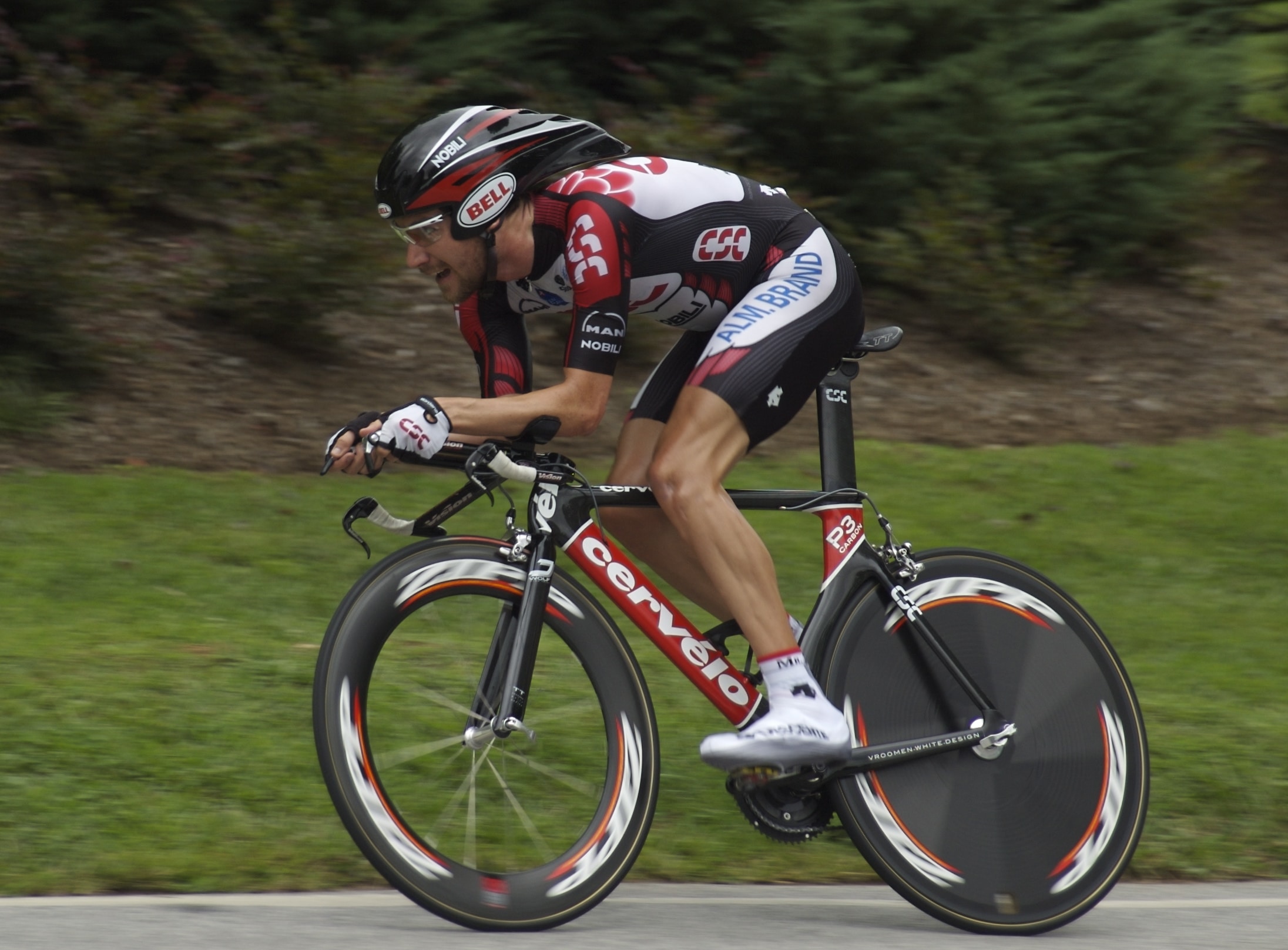
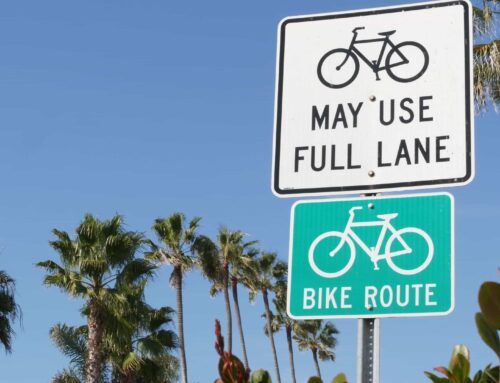

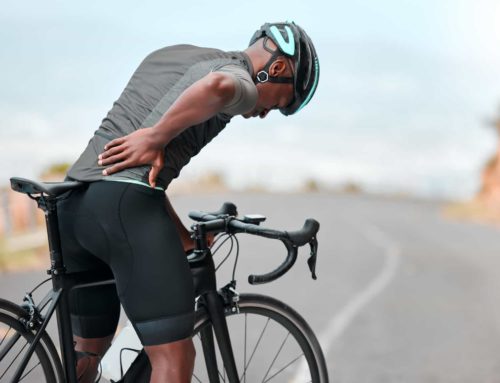
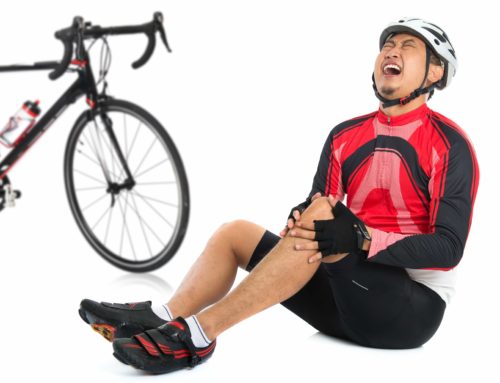
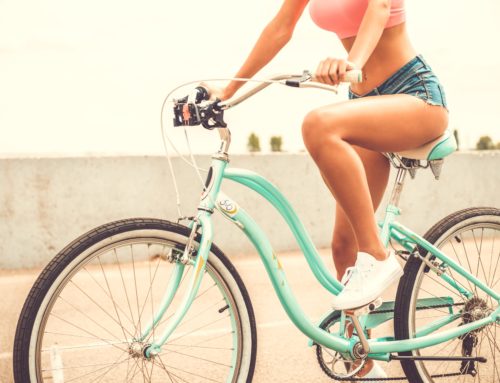
[…] builds muscle and bone density, increasing strength and stamina. The muscles in the lower body have to work the most – especially your quadriceps, calves, and buttocks – but cycling also […]
Thank-you for the concise description of the musculature and benefits of cycling.
My orthopedic surgeon tells me that cycling does not strengthen the quadricep muscles unless you ride hills. Is this true? I am getting a knee replacement and trying to strengthen my quads since knee replacement is more successful if those muscles are in good shape. I only ride on flat or nearly flat bicycle trails since I don’t want to ride with cars on the roads. I am 70 and dont want to fall off my bike.
Before I had double knee replacement, yes at the same time, I rode a recumbent bike every day and did weight training for my legs. I pushed as much weight as possible and worked on flexibility as well. I used to be a runner and now I ride 100+ miles a week and do yoga. Any training before the surgery is better than nothing.
Thanks for the lesson. That’s very inspiring and useful in motivation and understanding how to complement biking with a weight training and hiking regime.
Thanks Dave!
I am a 66 year old female- I brisk walk 4 miles – 6 to 7 days a week on a track & immediately go to my bicycle at high speed/low gear ride 5 miles ( I figured if I had the gears harder to pedal it makes it for a harder but more beneficial ride )
Barbara, keep up the great work!
I recently began using a bike trainer after doing several sprint triathalons and enjoying them. I’ve always been a strong swimmer and enjoy running 1/2 marathons…but never much into spin classes or riding a road bike. I’m so very distraught because since my last 6-9 months on my bike trainer (only 15-20 miles at a time) my inner thighs now touch and my upper thighs are noticeably thicker. I have always been very active/ athletic but hate these new bulky muscles 😩. Ive tried stretching etc but considering throwing in the towel because I hate how large (NOT any more muscular) my upper thighs are and now my legs rub when I run. Boo hoo! Could it be my form??
Hi. I’m started riding recently to get a good workout. Which is better for developing leg muscles during climbing of hills – sitting or standing? Thank you.
When climbing you want to be sitting. Takes the pressure off the forearms and upper body. When you start to descend you’ll want to stand up. You’ll want a “dropper post” to do this, so you can lift your seat while peddling up hit, then drop the seat when going down hill to keep the saddle out of the way since you should be standing on the way down for better control.
i ride a mountain bike. would the muscles that are targeted in road biking be the same as mtb?
Mountain biking is going to give you a lot more of a core workout than road biking since the whole body is engaged for climbs. The need to constantly readjust the amount of force you’re putting into your pedaling to get over differently sized obstacles could help with road biking as well by working a greater spectrum of muscle fibers and get your nervous system adapted to changing variables.
I’m sure road biking across a range of elevation gains would accomplish mostly the same thing, but there isn’t quite as much stress on the legs when coasting as with mountain biking.
Thanks for a detailed and informative note on cycling benefits on body toning and strength. My 3 year old son just started tricycle riding. Want to know at what age kids able to ride bicycles.
I just recently obtained a bike and want to start cycling, to get back into shape and get outdoors more. I found this article very inspiring thank you!
I’ve cycled for about 3 years on a higher scale, off road on road, I’ve never really been ripped or abit more toned to the point where I’m happy but the cycling deffinately does its job and it just gets easier and easier. Thankyou for the info 👍
Came across this post because I went riding for the first time and my butt hurts!!!! I was searching for answers and voila …well didn’t find the answers I was looking for, the information I have found however are really educative!!! From the article to the comments, a lot of good info here! Thank you 🙂
Thanks Bill, Greattttttt article. Confirmed my thoughts.At 82 finally getting back on my bike, just like going home.
I was most curious about the arms. Normally I lift free weights to tone my arms. Having recently started biking, I feel that my shoulders and arms seem to be tightening. Your article answered that question! Thank you!
Yout talked about all muscle groups in the bulletpoints apart from ‘Foot – Plantar flexors, and dorsiflexors’ 🙂
You’re right Tom! We will have to add it. Thanks for the heads up.
I want to start riding, any suggestions on bikes to start off.
Yes me to Adriana let’s me know what answer you get because that’s a great question and I just turned 59 a couple of weeks ago and have 27 years of nerve damage in my left heel from a sports injury and 11 years ago a podiatrist operated in the wrong area of my heel injury, he operated on my achilles tendon instead of my heel doing this procedure called a cryostar and I waited a month later after the Achilles surgery to go back in and let him do the cryo star procedure on my heel and it made it a thousand times worse it feels like there’s a sledgehammer hitting the back of my heel but I used to be extremely active and played a lot of sports, surf, was always active and had a great Dental career but since the surgeries I’ve lost what makes me the happiest and I’m tired of gaining this weight my PCP doctor and my podiatrist told me the only two forms of exercise I should even think of considering is bicycling or swimming and I don’t have a pool where I live so I’m wanting to know what bike I should start off with even though the pain is excruciating I’m tired of this weight I’m gaining and definitely want to start bicycling and I really prefer a beach cruiser since I live 5 minutes from there without by car and I’m sure I need to start out slow. Sorry for such a long message if you could get back to me what they say is the best bike to start out for a beginner who hasn’t worked out in many years that would be great oh, thank you so much! Pixie
So even if I cycle with no resistance at a rpm of 80-90 I will still put on muscle ?
I rode my recumbent bike this year over some 2,000 miles. I noticed that my upper thighs have become very toned, but the muscles in my buttocks not at all. Do other recumbent bikers have the same experience?
Great article. I would say the chest area in general is getting a lot of stimulation from gripping the bars in different ways over the course of a ride.
For me, cycling is one of the simplest forms of exercise. I do this daily and feel the positive changes in my body. The benefits that cycling every day can bring are that it can improve brain power, I feel mentally refreshed and more focused on everything. Next comes a reduced chance of heart disease and cancer. Cycling regularly is also an effective weight-loss method and gives me a healthy lung.
I’m a runner, weight lifter. But recently my knees started bothering me so it’s hard to run like I use to. Well, I discovered cycling and the euphoria I felt the first time I rode my really nice, new road bike was the way I felt when I discovered running many years ago. I also live in an area where there are trails and so many people are riding, running, walking…
I am so happy I discovered this new form of exercise for me. Highly recommend. I went to a bike store and they recommended a road hybrid. It’s light weight and small, fits me really well.